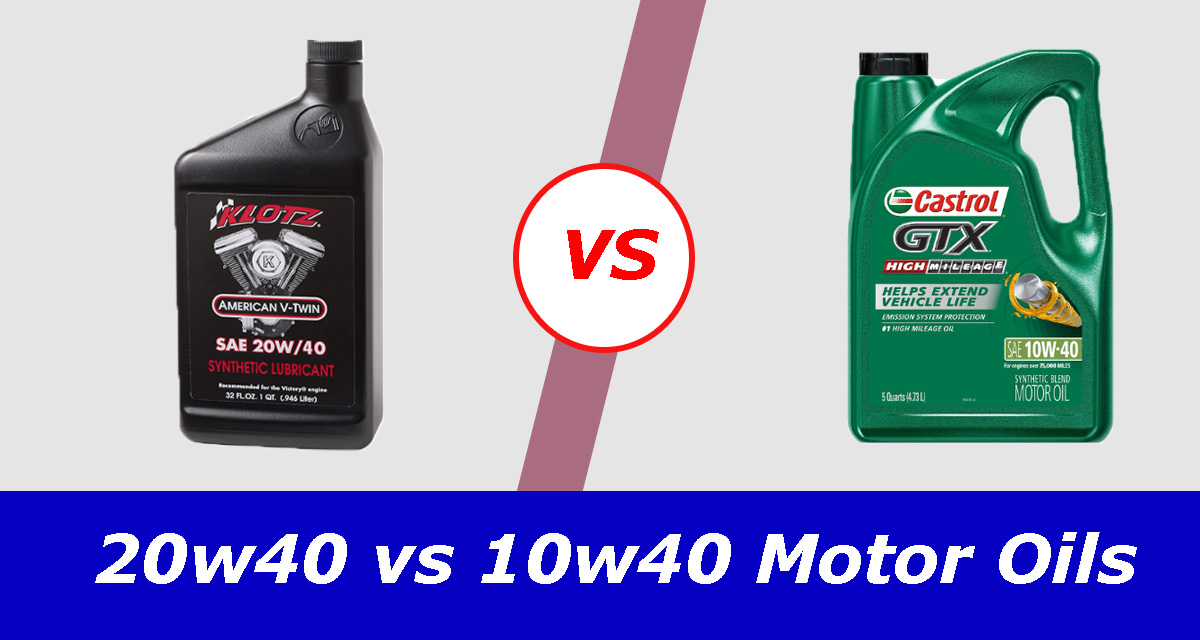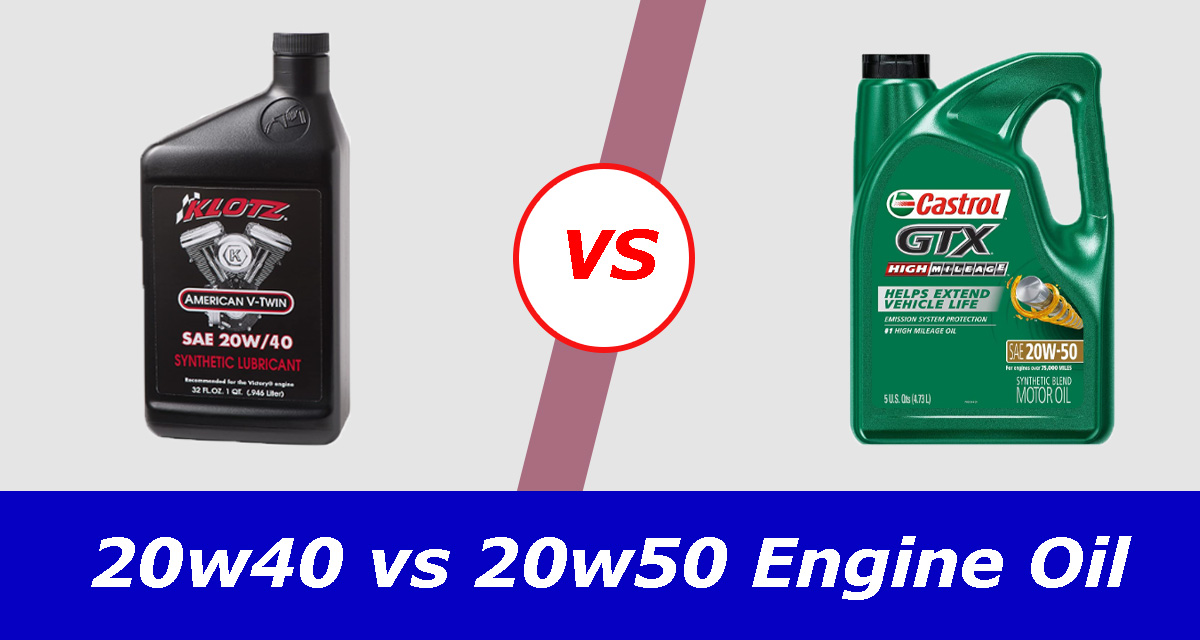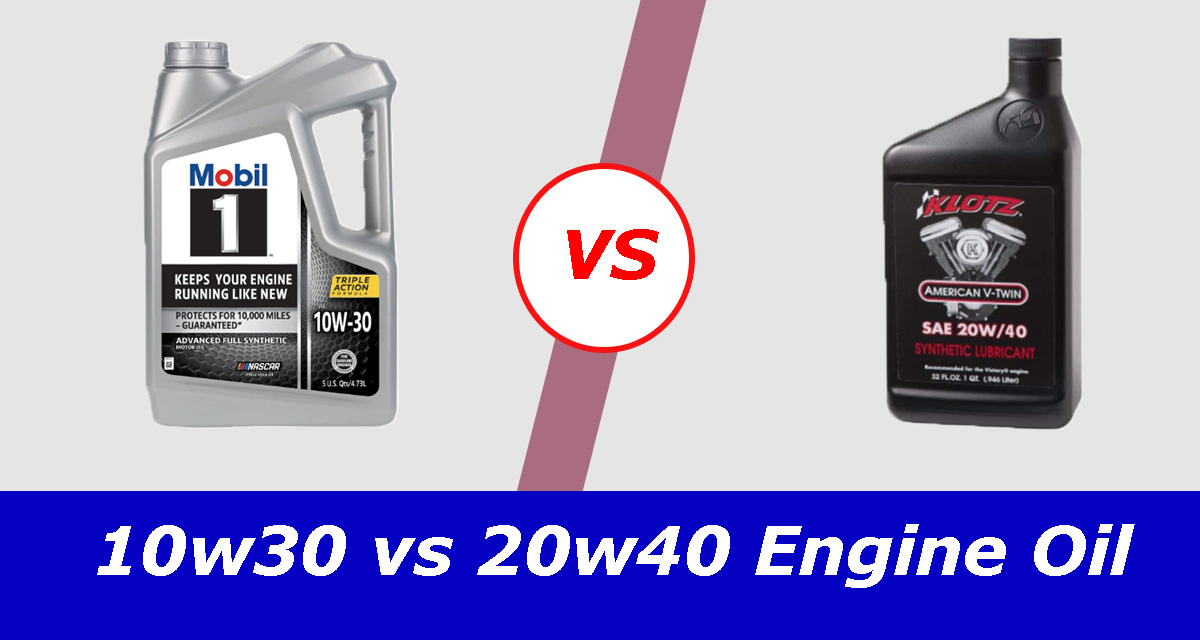The question of whether or not you need to warm up your vehicle before driving it has long been debated. Some argue that it is fiction that you must be warming up your car before driving it. Others will wait 30 seconds before starting their autos. So, should you start your automobile’s engine before driving?
It just all depends on the age of your vehicle and the environment in which you live. In this post, we will discuss if and why you should always warm your automobile engine. Continue reading to learn more.
Carbureted vs. Fuel-injected Vehicles
Chokes were installed on older vehicles with carburetors. These chokes limited airflow into the carburetor’s throat, resulting in a considerable volume of gasoline being pumped into the fuel tank from the principal jet to warm up the engine’s oil.
You’d have to manually turn off the choke when the engine has warmed up. After a few years, carburetors were modified with electronic chokes so you didn’t have to manually switch them on and off in cooler weather.
Even with advances in technology like automated carburetors, users always had to warm up the engine while driving. This is because automated carburetion has yet to master the air-fuel ratio required for the automobile to function smoothly without hurting its engine by running gasoline excessively rich or low.
Then came the invention of fuel injection. However, previous automobiles with fuel injection did not have electrical devices to detect how much air was entering the engine. Older fuel-injected vehicles generally used a single oxygen sensor to measure the air-fuel ratio.
However, contemporary vehicles include several sensors to track how much fuel and air reach the engine in order to improve the vehicle’s performance. Modern automobile sensors are quicker and more precise, so the engines will always receive the exact quantity of gasoline regardless of temperature.
Based on this information, you can see that if your car is a contemporary fuel-injected vehicle, you don’t need to warm it up before driving. However, in carbureted applications, the engine must be warmed up before driving, and here’s why.
Why Should Be Warming Up Your Car Before Driving?

Old engines in colder locations require as much lower viscosity oil as possible to get through the vehicle’s system. Because gas does not evaporate as effectively in cold weather, it makes the liquid more challenging to vaporize at lower temperatures.
When the engine is cold and the temperatures are low, the combustion will be irregular. To compensate for such uneven combustion, the carburetor squeezes off some of the air and runs on richer fuel, but much less efficiently.
The car’s performance improves as the engine heats up. Once the vehicle is heated enough, the fuel will evaporate and the engine will idle smoothly. Because carbureted automobiles lack the sophisticated sensors found in current vehicles, the engine needs constantly to be warmed up before driving.
What Happens If You Do Not Warm Up Your Carbureted Vehicles Before Driving?
Because gasoline is indeed a solvent, excess fuel on the cylinder walls wipes away any oil from the cylinder or the pistons. The component will not be protected if there is no grease on the cylinder walls. It is more difficult to replenish oil when that’s at a lower temperature.
The more you drive while your engine is cold, the quicker the cylinder and piston will gradually lose. Idling the engine does not adequately warm it up, thus the car’s application will be cold till you start driving.
Oil dilution might happen if your automobile runs on too much gas. This occurs when gasoline enters the pistons and combines with the oil. Diluted oil has a thinner consistency and lower film strength. This causes application wear and promotes the combustion of the oil, causing the liquid to break down faster.
Related Post: Why is my car smoking after an oil change?
Correctly Warming Up Your Vehicle

Warming up your automobile before driving is only necessary for the severe extreme cold with temperatures as low as -32°F. Turn on your car’s ignition and let it idle for 20 to 30 seconds to warm it up. This procedure ensures that perhaps the oil in your vehicle’s system is flowing. If you travel at modest speeds, the engine may heat up faster. Driving slowly causes the oil to warm up quicker and the coolant temperature to climb faster. Driving at a leisurely speed for several This will help to reduce engine wear. If you live in a snowy area, just switch on your ignition while you clean the ice from your car’s body and windows. It’ll also give your vehicle enough time to warm up the oil, allowing it to circulate through the system and improve performance while preventing wear.
Don’t let the cold spoil your day-or your vehicle! Warming up your vehicle correctly takes only as much time as is needed to make it safe and secure to drive. This is what you must do.
Steps for Proper Vehicle Warming
Step 1: Park your vehicle in a safe location.
Not in a garage, but outside in the open.
Step 2: Start the engine and defroster.
While the engine heats up, the defroster will assist in clearing the window. Is window fogging an issue? If yes, follow the extra procedures outlined in the sections below.
Step 3: Start the engine for 30 seconds.
In most automobiles, 30 years old but rather newer, that is all it needs. Allow your car to warm up for another minute or two longer if it is exceptionally chilly and covered with snow or ice.
Step 4: Begin softly and gently for the very first 5-15 minutes.
Idling your automobile for an extended period of time might be harmful to its engine. When driving in chilly weather, remember to start gently and ease off on the gas pedal for around 5-15 minutes. Otherwise, you risk stressing out your engine before it has had a chance to return to normal performance levels.
What Will Happen If You Use the Wrong Engine Oil?
Your automobile will not start in cold weather if the oil’s cold viscosity is too high. When you start your vehicle, if the warm oil viscosity is too high for your car’s specifications, the oil may lose its viscosity. The oil will not properly lubricate the vehicle’s system since it will not run through to the components within your engine. The oil will be burned as a result of this.
The viscosity rating, such as ‘5W-20,’ is crucial.
If you run the wrong oil in the engine for too long, the gas will not be capable to lubricate the engine’s components, resulting in wear.
Limiting warm-up time saves time, fuel, and the environment.
As this talk should have made evident, warming up the vehicle before driving is a good idea, but in most circumstances, it will ultimately adjust to your car’s demands instead of being on your own. It will be quicker. Even with the most advanced technology, there’s no reason for leaving the engine idling only to warm it up till the windows are clear and the car is comfy.
Note: If you have an ancient automobile with a carburetor, contact your vehicle’s user guide or a professional to ensure you are starting your vehicle in cold weather correctly. please.




